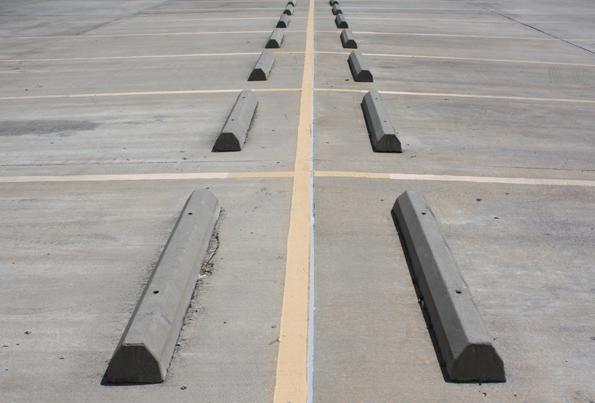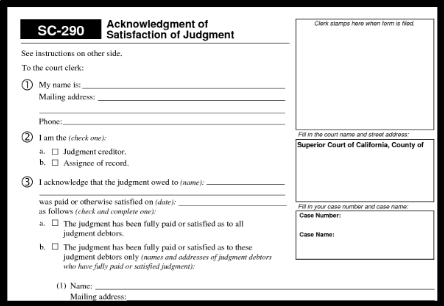By David Swedelson, Condo Lawyer and HOA Attorney; Senior Partner at SwedelsonGottlieb, Community Association Attorneys
 The Daily Journal, a newspaper for attorneys, reports weekly on various verdicts and settlements. I read those reports, as it keeps me up on what kind of cases are being filed and what kind of verdicts and settlements are being made.
The Daily Journal, a newspaper for attorneys, reports weekly on various verdicts and settlements. I read those reports, as it keeps me up on what kind of cases are being filed and what kind of verdicts and settlements are being made.
Recently, I read a report of a settlement in a lawsuit where a woman sued a property owner for damages she suffered after tripping and falling over a concrete parking barrier in a parking lot. Although the case did not involve a community association parking lot, it easily could have. The fact is, some our condo clients have been sued by owners, residents or guests after they likewise tripped over a concrete parking barrier, claiming that it was a dangerous condition because they could not distinguish the parking barrier from the asphalt parking lot surface.
In the report about the case I referenced above, the injured woman settled her claims against the property owner for $500,000. While most community associations have at least $1,000,000 liability insurance, imagine if the injuries were so severe that the injured homeowner or resident was claiming damages in excess of one million dollars. And imagine the impact on a community association’s insurance coverage, both the ability to get insurance and the cost of a liability policy after their carrier has paid out $500,000 in a liability settlement.
Continue reading
 HOA Law Blog
HOA Law Blog



 Many owners buy units, lots or homes at community associations that have views and are later shocked to learn that the view they cherish, the view that caused them to buy that home, is not guaranteed. The question that has been posed is whether or not property owners are entitled to an unobstructed view. With some exceptions, the answer in California is “no.” The California Supreme Court spoke on this subject in the late 19th century case of Kennedy v. Burnap and established the doctrine in California that one’s ownership of land does not imply a right to force owners of neighboring land to refrain from obstructing the view from the land or the light and air reaching the land. This law has not changed all that much since that case was decided in 1898.
Many owners buy units, lots or homes at community associations that have views and are later shocked to learn that the view they cherish, the view that caused them to buy that home, is not guaranteed. The question that has been posed is whether or not property owners are entitled to an unobstructed view. With some exceptions, the answer in California is “no.” The California Supreme Court spoke on this subject in the late 19th century case of Kennedy v. Burnap and established the doctrine in California that one’s ownership of land does not imply a right to force owners of neighboring land to refrain from obstructing the view from the land or the light and air reaching the land. This law has not changed all that much since that case was decided in 1898. Sometimes, owners sue their condo or homeowners association in small claims court. And sometimes, they win, and there is a judgment to be satisfied. The association pays the amount of the judgment and then wants a receipt showing that the judgment is not owed any longer. They do not know what to do when a judgment or a portion of a judgment has been satisfied. How do you get the homeowner creditor, flush with the fruits of their lawsuit, to provide their association with an “acknowledgment of satisfaction of judgment” (the form that should be completed and filed with the court to show that the judgment is no longer owed)? Board members and managers often ask why they would bother taking this step since the judgment is satisfied.
Sometimes, owners sue their condo or homeowners association in small claims court. And sometimes, they win, and there is a judgment to be satisfied. The association pays the amount of the judgment and then wants a receipt showing that the judgment is not owed any longer. They do not know what to do when a judgment or a portion of a judgment has been satisfied. How do you get the homeowner creditor, flush with the fruits of their lawsuit, to provide their association with an “acknowledgment of satisfaction of judgment” (the form that should be completed and filed with the court to show that the judgment is no longer owed)? Board members and managers often ask why they would bother taking this step since the judgment is satisfied.